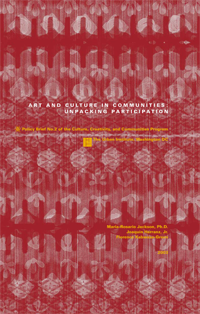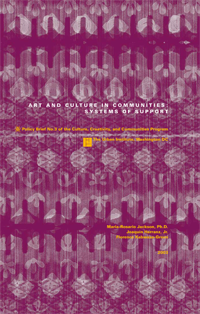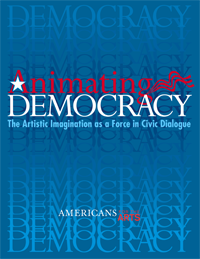Other publications
Other publications
This report focuses on two issues: (1) the usefulness of existing arts and culture data for the purposes of developing neighborhood indicators and (2) the ways in which art and culture are understood and valued at the neighborhood level by those who live and work there. Included are a discussion of the reconnaissance efforts, field work, workshops, pilot and case studies conducted; a review of existing arts and culture data collection practices and their usefulness for developing neighborhood indicators; and an analytical framework for identifying indicator types.
Read More...2010, 12 pages, The Urban Institute, 2100 M Street NW, Washington, D.C., 20037, (202) 833-7200 http://www.urban.org
Download:
Read More...2010, 72 pages, The Urban Institute, 2100 M Street NW, Washington, D.C., 20037, (202) 833-7200 http://www.urban.org
Download:
Read More...This brief is the first of two that summarize results from detailed case studies of the financial management of nine nonprofit organizations. It focuses on the relationship between spending on administration and fundraising and the effectiveness of nonprofit organizations in carrying out their missions. Smaller organizations tended to invest less in organizational infrastructure, resulting in conditions that compromised their effectiveness.
Read More...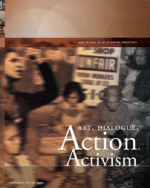
Art, Dialogue, Action, Activism examines the role of dialogue in the work of cultural organizations oriented toward civic action and activism. Four very different efforts provide insights into dialogue integrated within cultural activity, dialogue as a means to explore different perspectives within a commonly held goal or position, and dialogue as a necessary precursor to decision making or action.
Read More...Arts Wisconsin, the Wisconsin Arts Board, and Americans for the Arts are happy to announce the republication of the landmark 1969 book, The Arts in the Small Community, by Maryo Gard Ewell and Michael F. Warlum. The new guide stays true to its original roots and mission set forth by Wisconsin's community arts pioneer Robert Gard, but has been thoroughly updated to address contemporary examples in the realm of community arts.
Read More...2010, 138 pages, Americans for the Arts, 1000 Vermont Ave. NW, Washington, D.C., 20005, (202) 371-2830 http://www.artsusa.org
Download:
Read More...A report from the 1994 arts education conference of Americans for the Arts co-founding organization, the American Council for the Arts. As stated in the introduction, "The historical relationship between business and the arts has been governed by a single set of terms. The arts—and arts education—have looked to the private sector for financial support and patronage, and business has looked to the arts to enrich the lives of their employees and of the community, but not for any strictly business benefit.
Read More...This pamphlet presents statistical, case study, and concluding material about at-risk youth arts programs in cities across the US. Citing encouraging results from more than a dozen programs, this resource shows how arts programming is being effectively used to address the problems of youth. It also reviews the issue of funding, spotlighting programs that operate as partnerships between local, state, and government agencies and arts organizations. A "how-to" section outlines specific steps to follow in planning programs, and a two-page resource list gives information on related titles.
Read More...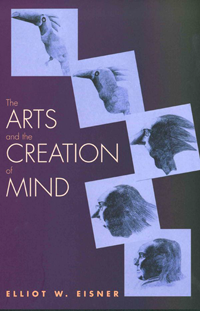
Elliott Eisner argues that the arts are more important means for developing complex and subtle aspects of the mind to deal with the ambiguities and uncertainties of daily life than are the formally structured curricula. He provides a fresh and admittedly iconoclastic perspective on what the arts can contribute to education, namely a new vision of both its aims and its means.
Read More...
